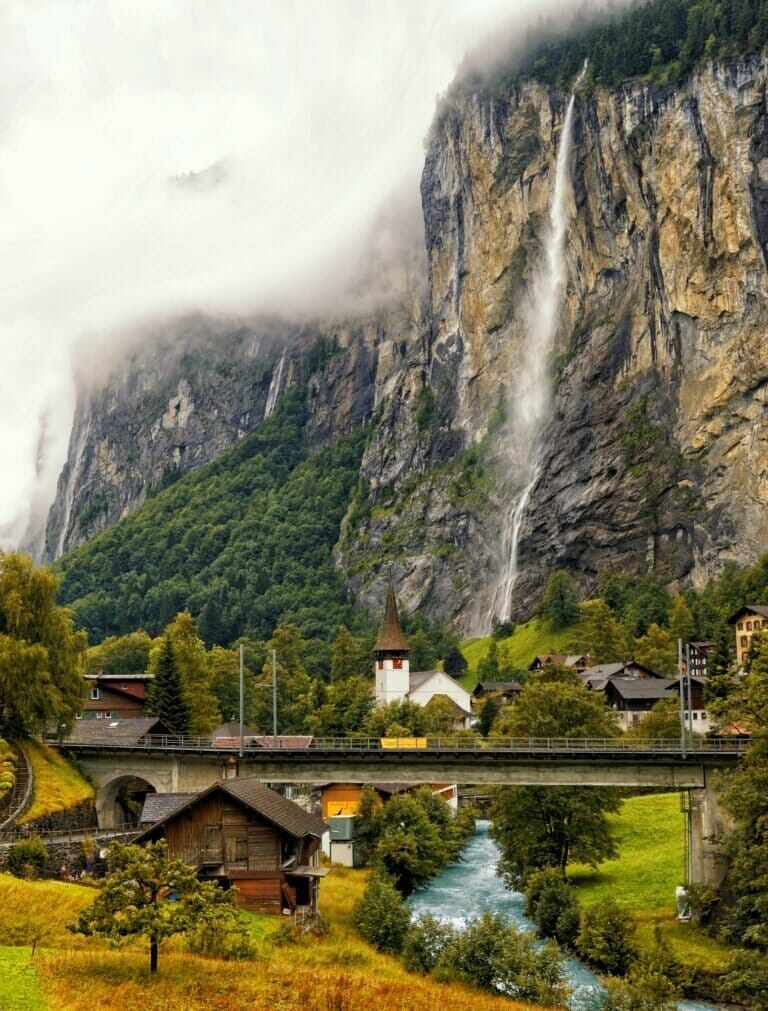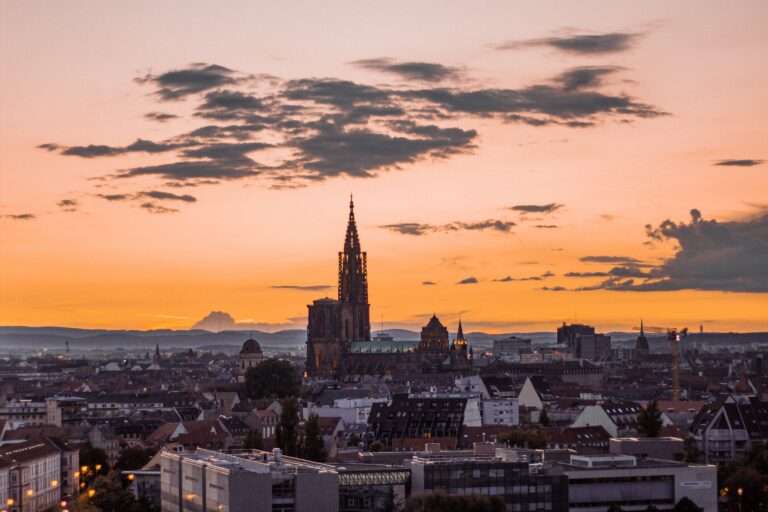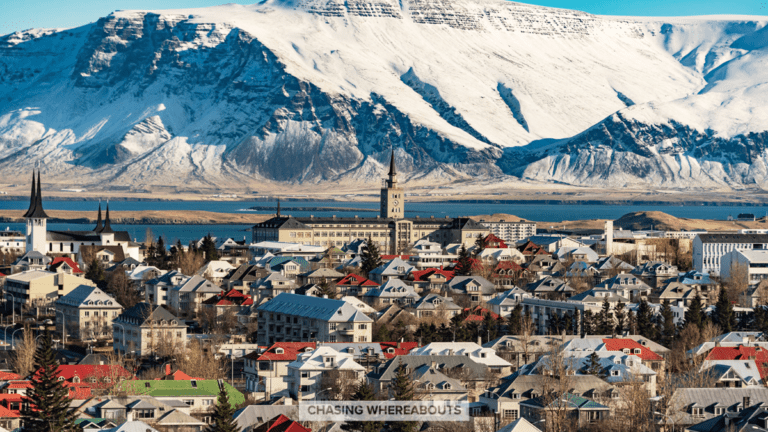10 Fun things to do in Toledo
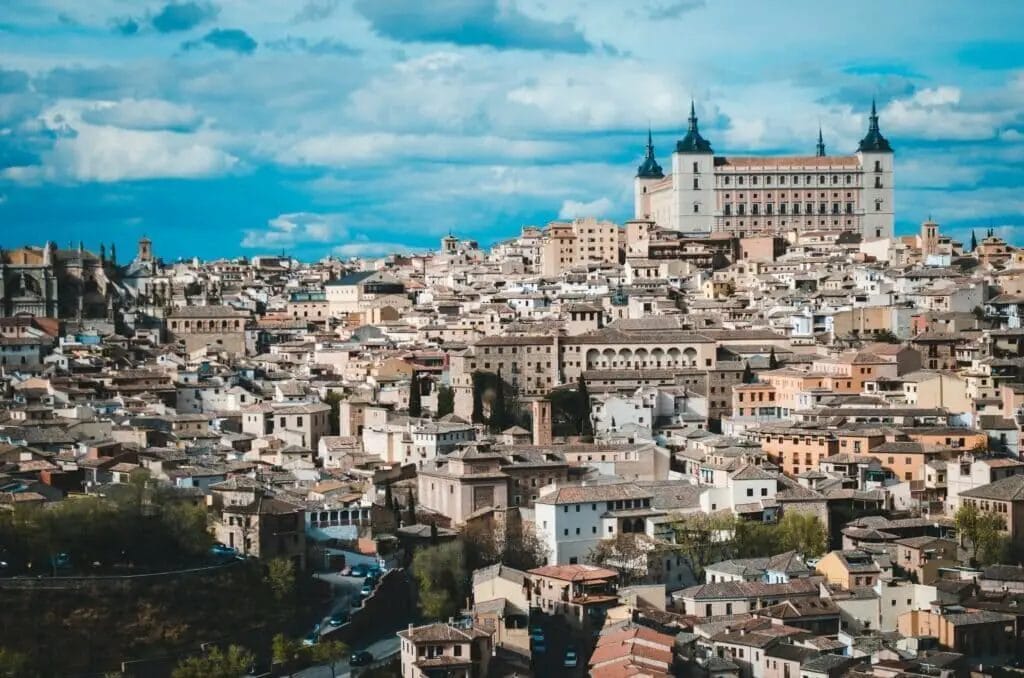
Toledo is an ancient city in Spain and is declared as a World Heritage Site by UNESCO. There are many fun things to do in Toledo such as monumental and cultural heritage.
The city is located on the banks of river Tagus and is known to be an imperial city. The city was named as the imperial city because it was the main venue of court of Charles V, the Roman emperor in Spain. The city is known to be the City of Three Cultures as the architecture of the city displays influences of Christians, Muslims and Jews.
The climate of the city is typical cold semi-arid climate. The city experiences cool winters and hot dry summers. The precipitation in the city is low and is concentrated in the autumn and spring months.
Toledo is city where the metal work industry is well established and contributes the maximum to the economy of the city. There is a large collection of swords, knifes and other razor blades which are produced in the city.
The local food of the city includes lamb roast, stew, cochifrito, alubias con perdiz, tortilla and other Spanish foods. The Manchego cheese and marzipan are other famous food productions.
To enjoy the culture, history, architecture and the art here is a list of fun things to do in Toledo!
Top fun things to do in Toledo
The city of Toledo is historically known for great architecture and culture. There is great architecture and has easy accessibility from the metropolitan cities such as Madrid. There are a lot of fun things to do in Toledo and here’s a list of these things.
Museo de Santa Cruz
The Museum of Santa Cruz or the Museo de Santa Cruz is a art, archaeology and ethnographic museum and is located in the city centre. The museum was established in the year 1844 and designed in the 16th century architectural style.
The museum had collections of items which were a part of the archaeological collection of Cardinal Lorenzana. The archaeology department was moved to the present location in the year 1919 at the Santa Cruz Hospital. The building is an example of renaissance architecture. The Fine Arts section was created in the year 1961 and was renamed as Museo de Santa Cruz.
As the museum is a part of the hospital in the 1482-1495 and has a Greek cross plan and four courtyard and two of these are fully completely. The crossing covers the museums two main floors and is covered with ribbed vaults. The chapel consists of the northern arm.
The altar is located in the centre and there are galleries are located in such as way that connect with the courtyard. The basket arches are located on the pillars with leaves and cherubim. The windows are symmetrical with bulbous order.
Iglesia de San Ildefonso
The Iglesia de San Ildefonsa also known as the Church Of San Ildefonsa is a baroque style of architecture. The church is located in the historic city centre. The construction of the church took more than 100 years and the work began in the year 1629.
The building has white interiors and is the church is a home to fine artworks and statues. The large and lavishly decorated altarpiece are there in the building.
Mosque of Cristo de la Luz
The Mosque of Cristo de la Luz is a Catholic Chapel and a former mosque. The mosque is one of the buildings which existed during the Moorish period. The mosque is located near the Puerta del Sol which is an area known to be the residence of the wealthy Muslims.
Built in the 999, the building is a small square structure which measures about 8 metres by 8 metres. Four columns are there in the structure with Visigothic capital as they divide the interior into nine compartments. The bays are covered by a vault that has a distinctive design. The central vault is higher than the other vaults in the building. Each vault employs the use of ribs which creates unique designs. Each of these design is unique and follows the basic design of Islamic Design.
The columns and the capitals are taken from the previous building and thus is referred to as the spolia. The building was constructed with bricks and small stones. The techniques used in the building incorporates the bricks and small stones.
Synagogue of Saint Mary the White
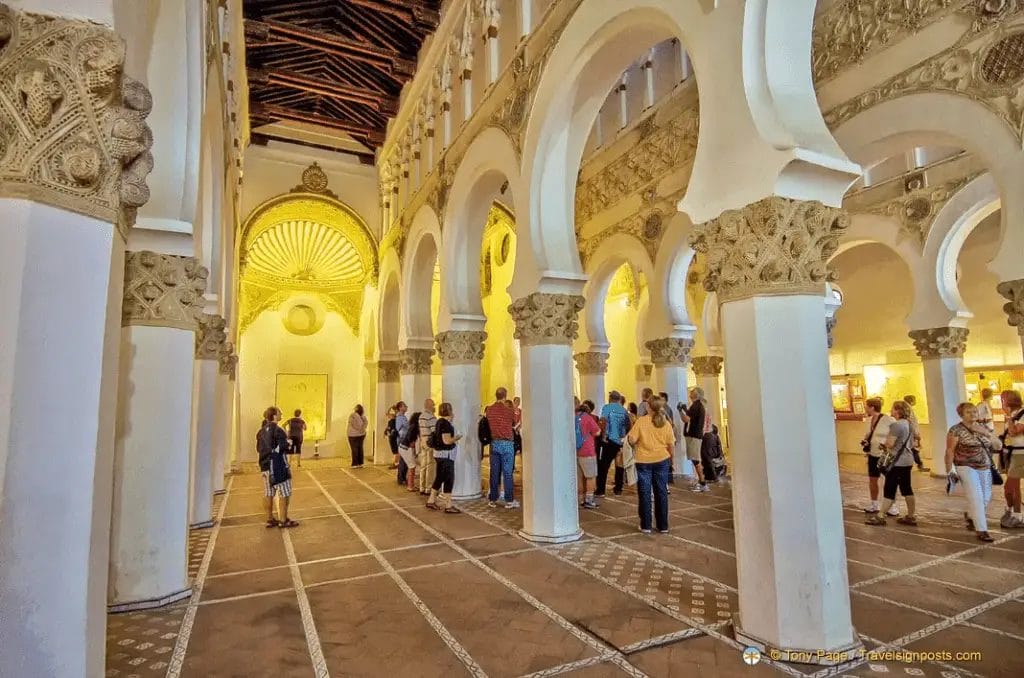
Synagogue of Saint Mary the white is a museum and former synagogue building in Europe. The building was converted to a Catholic Church in the early 15th century. The synagogue is located in the former Jewish quarter of the city and is located between the Monastery of San Juan de los Reyes and the Synagogue of El Transito. The Synagogue is one of the three preserved synagogues which was constructed by the Jews in a Moorish style.
The building displays a Moorish style of architecture and was created for the Non-Islamic purposes. The building can be considered as one of the finest examples of Almohad architecture because of the construction style and elements. The plain white interior, use of the bricks and pillars signify the architecture style.
The design of the building has plan and elevation as the floor plan is an irregular quadrilateral which is divided into five aisles and has a central nave aisle. This is larger than the other four. The space runs between 26 and 28 metres. The interior features a series of arcades supported on the network of twenty four octagonal piers and eight engaged piers. These octagonal supports are central aisle of the synagogue and support the large arcade of horseshoe arches above.
Alcantara Bridge
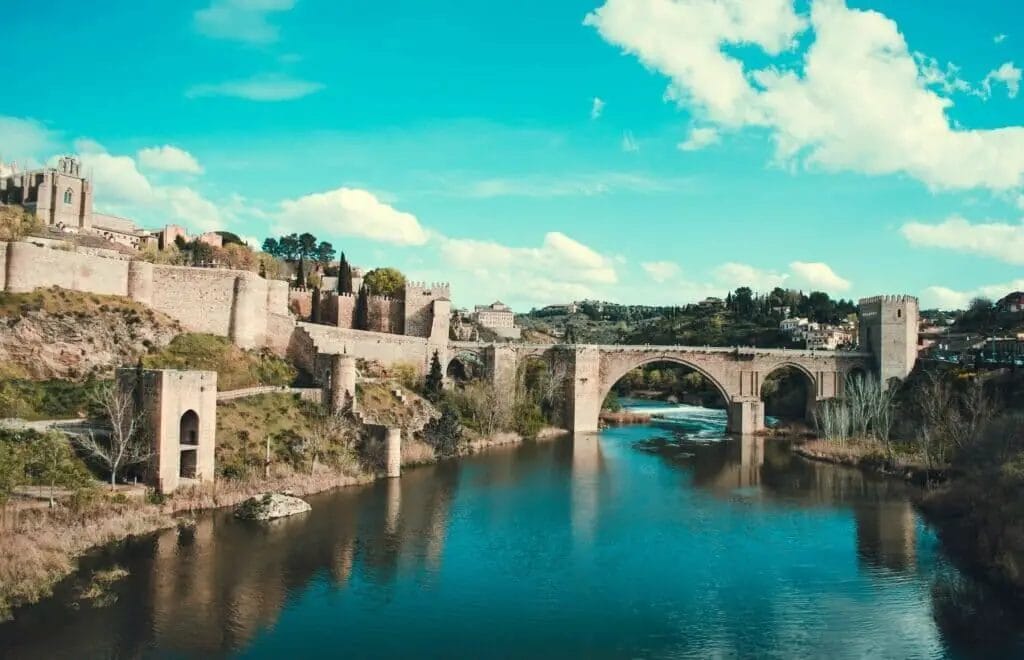
The Alcantara Bridge is a Roman bridge over the Tagus River. The Alcantara Bridge has arches and was built between 104 and 106 AD. The bridge measures about 181 metres and spans over 6 arches. The construction of the bridge took lace in the ancient Roman province of Lusitana. The function of the bridge is a road bridge and displays great deal of strength and grandness as even today the bridge remains intact.
Puerta de Bisagra
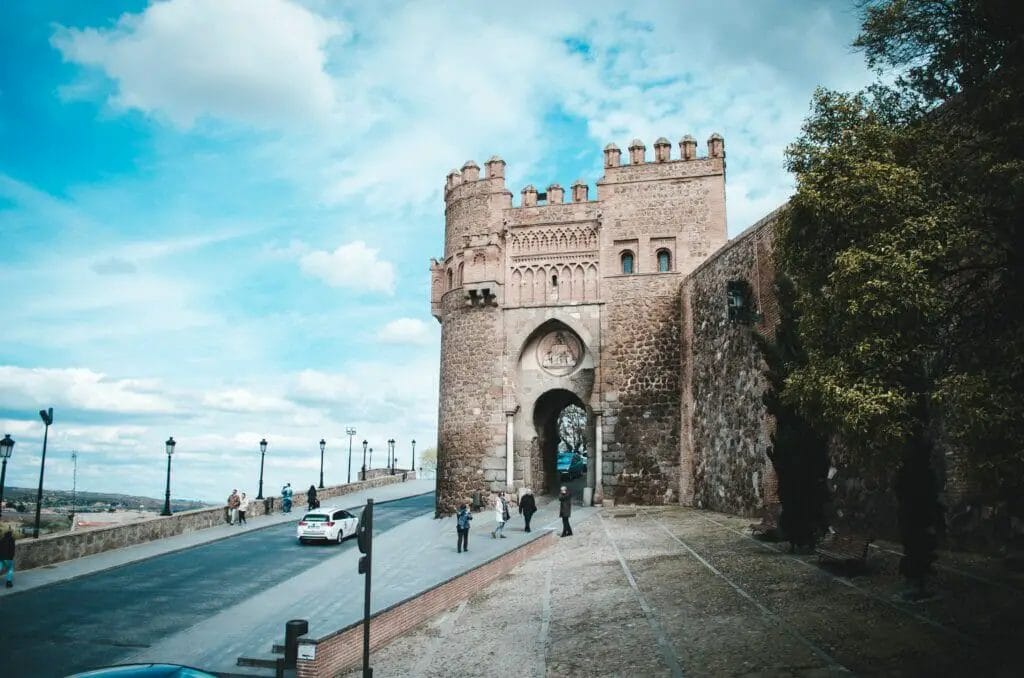
The Puerta de Bisagra is known to be the city gate of the city Toleda Spain. The structure was constructed in the 10th century and was used as the main entrance to the city and dates from the Moorish period. The gate is a monumental gate and showcases a triumphal arch.
Beyond the arch is a courtyard and has a statue of Miguel de Cervantes who is known to be one of the greatest Spanish writers.
El Transito Synagorgue
The El Tansito Synagorgue is one of the most important Jewish sites and is one of the most impressive sites. The building is in good condition and also serves the purpose of a church and Sephardic museum. The building was built in the year 1357 and was converted to a church post the expulsion of Jews from Spain in the 15th century. The term El Transito refers to the Assumption of Virgin Mary.
There were several restoration projects undertaken in the church. The first phase began in the year 1879 and the cleaning and repairs of the hechal was done. Then the removal of the HEbrew Inscriptions were done.
There were stucco works done in the building and the ornamentation was reworked. The interior was highly ornamented and the exterior of the building was done in brick and stone. The exterior was highly unadorned and was plain. The aljima windows were present on the exterior.
Iglesia de Santo Tome
Located in the historical city centre of the city, the church was made in the 11th century on a site of an old mosque. The building consists of three naves with a crossing and is covered with barrel vault and polygonal apse. The chapel is a mixture of Mudejar and Gothic architecture.
The chapels have two baroque redos and one plateresque. The old minaret was built in the 14th century and is designed in brick. The twinned window of the tower is embedded with Visigothic plate niche in white marble.
Alcazar
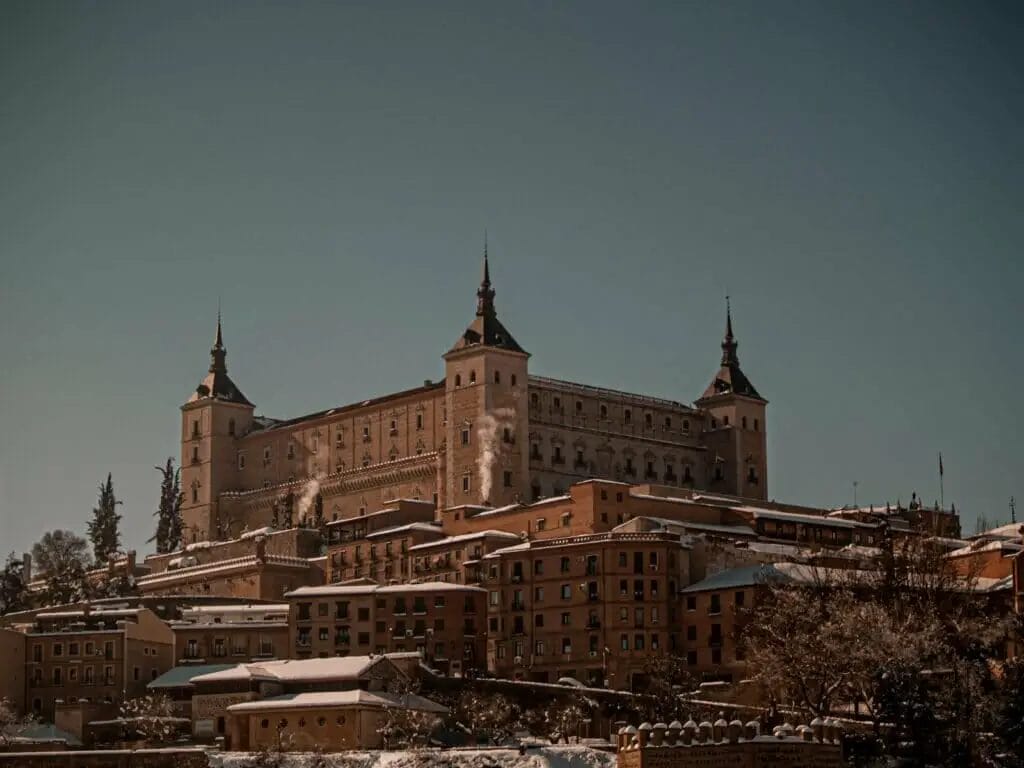
Photo by Javier López: Fun things to do in Toledo Spain
Alcazar of Toldo is a stone fortification which is located at the highest level of the city. The building is a quadrangular building which measures 60 metres on a side. The building has 60 metres high four towers. The building was reconstructed between the 1939 and 1957.
Toledo Cathedral
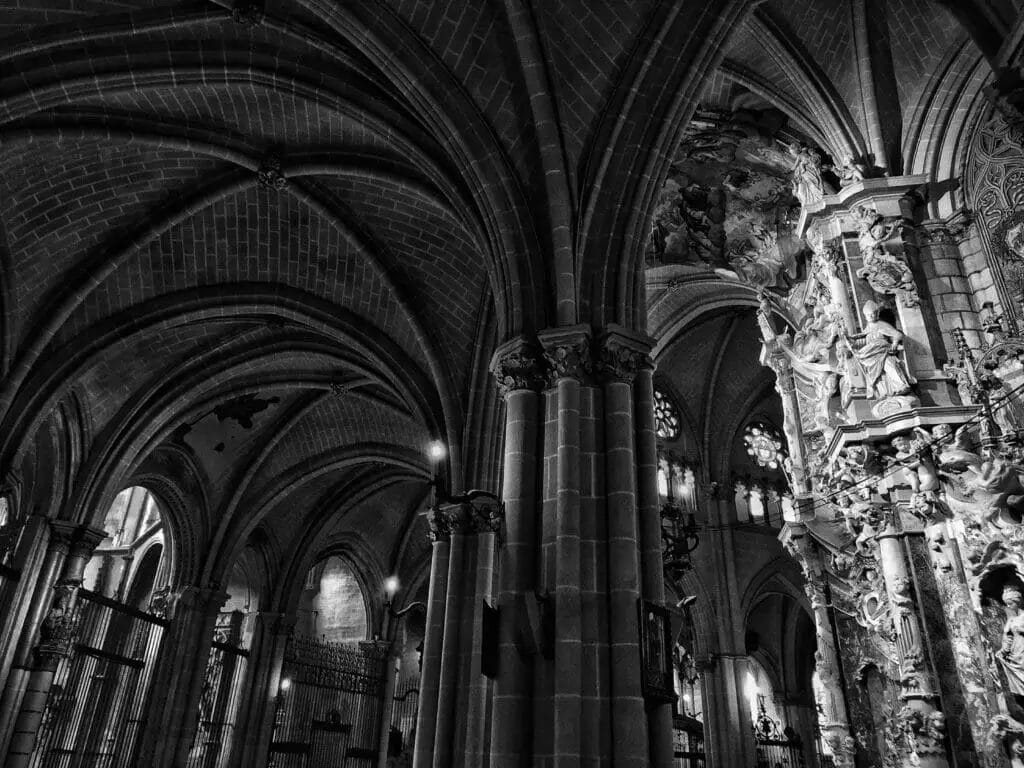
Toledo Cathedral also known as the Primatial Cathedral of Saint Mary Of Toledo is a Roman Catholic Church. The church is designed in a Gothic architecture style. The structure is the building and measures 120 metres by 59 metres. The building consists of five naves with a transept and double ambulatory. The oldest part of the building is the sanctuary and maintains the architecture in the original form.
The lowest part of the building is made of cusped arches and has paired columns and upper section is make of the interlaced arched. The double ambulatory has grand proportions and has detailed architectural elements. The new sections of the chapels was resolved with alternate plans of the rectangles and the triangles.
That was all the information around Fun Things to do in Toledo Spain. Do let me know if you liked visiting some other place in the city which you think is not a part of this post.
Get your Notion Travel Planner Template!
Embark on your next adventure with the Wanderlust Planner, the ultimate Notion Travel Planner Template. Organize your wanderlust-fueled dreams and turn them into unforgettable journeys. Whether you’re a seasoned globetrotter or a newbie explorer, this template has you covered.



